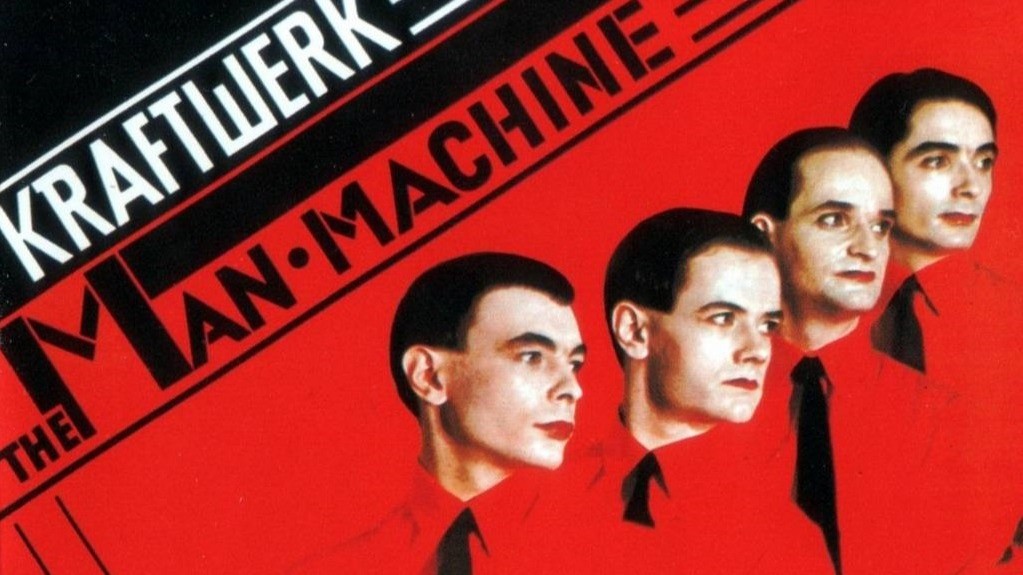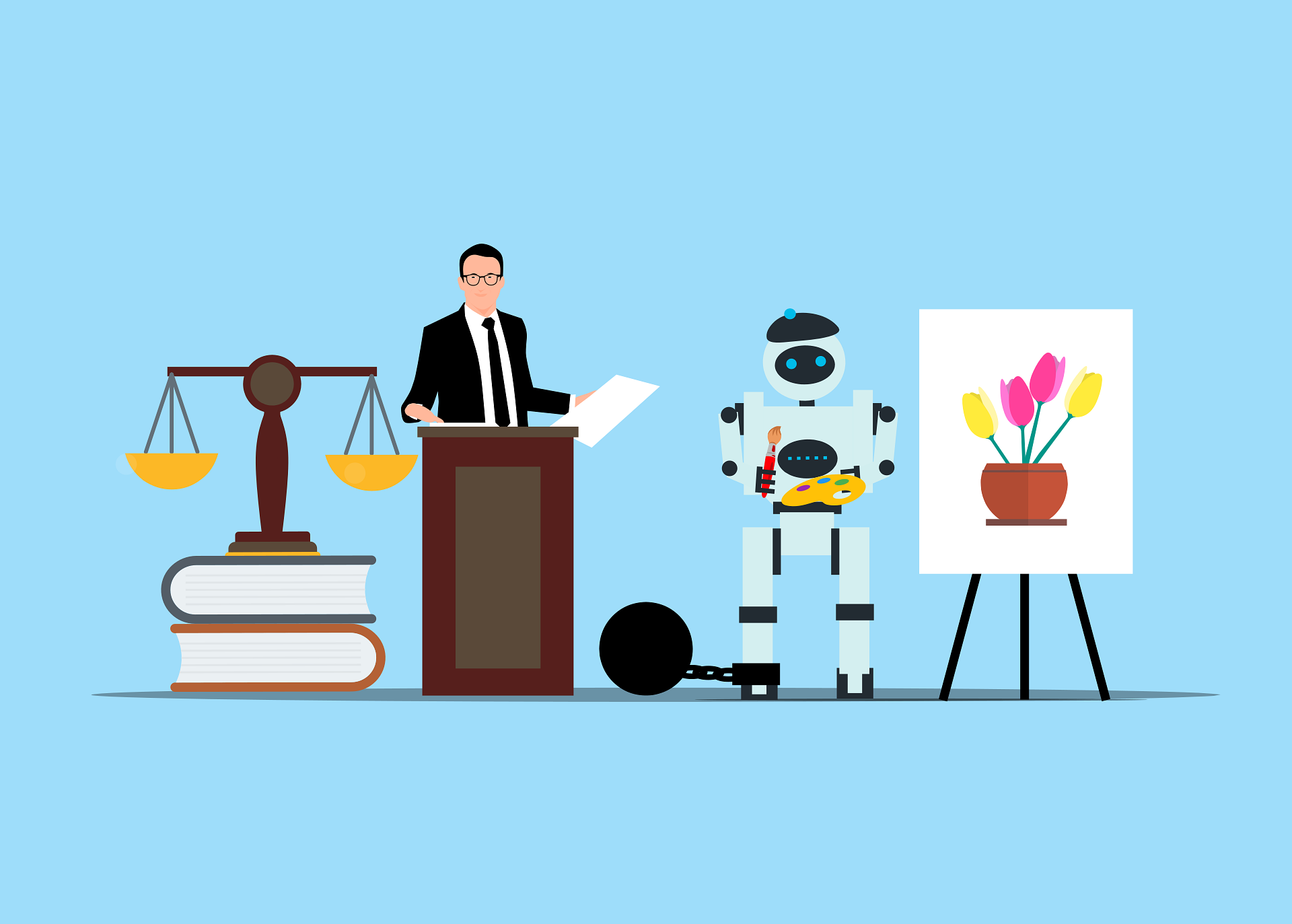
The Silent Surrender: Judicial Cognitive Atrophy in the Age of AI
As courts worldwide adopt AI tools to enhance efficiency and consistency, they face an insidious practical problem: judicial cognitive atrophy. This phenomenon occurs when judges, despite theoretical commitments to maintaining supervision over AI systems, gradually surrender their independent reasoning capacities through increasing reliance on machine-generated content. The issue is not that judges intentionally abdicate responsibility, but that the human mind naturally offloads cognitive burdens to reliable systems, creating a dependency that erodes the essential human element in judicial decision-making.
At its core, judicial cognitive atrophy represents the growing gap between how we imagine AI assistance working in theory and how it functions in practice. In theory, AI serves as a subordinate tool that judges vigilantly oversee, verify, and correct. The human remains firmly “in the loop,” exercising critical judgment over every machine recommendation. In practice, however, the relationship between judge and algorithm evolves toward increasing deference and dependency, with human oversight gradually attenuating to perfunctory review. What begins as support ends as substitution.
The psychological mechanisms behind this surrender are well-documented in cognitive science. Automation bias – the tendency to give undue weight to automated suggestions – exerts powerful influence even on highly trained professionals. Research consistently shows that humans interacting with decision support systems initially approach machine recommendations with skepticism but gradually develop trust that leads to uncritical acceptance. This transition happens subtly, without conscious awareness of the shifting relationship. Judges, despite their training in critical thinking, are not immune to these cognitive tendencies.
Consider the seemingly benign process where AI systems draft preliminary judgments for human review. The implicit assumption is that judges will thoroughly scrutinize these drafts, applying the same rigorous analysis they would bring to their own reasoning. But cognitive efficiency – the mind’s natural tendency to conserve mental resources – works against this ideal. When presented with a competent-seeming analysis, the path of least resistance is to accept its fundamental framework while making superficial modifications. The act of editing creates an illusion of oversight while leaving the underlying structure and reasoning essentially untouched.
This dynamic transforms the judge from architect to editor of justice. Rather than constructing legal reasoning from first principles, the judge increasingly operates within parameters established by the algorithm. The modifications they make – adjusting language, adding citations, refining conclusions – may seem substantial but often leave the machine-generated analytical framework intact. This shift happens not through neglect but through the natural efficiency-seeking tendencies of the human mind when interacting with seemingly reliable systems.
The practical realities of judicial workloads accelerate this surrender. Courts worldwide face crushing caseloads that create immense pressure to process matters efficiently. When AI systems offer well-crafted, seemingly sound analysis in seconds rather than hours, the temptation to lean heavily on such assistance becomes nearly irresistible. Under pressure to clear dockets, judges will inevitably prioritize throughput over comprehensive scrutiny. The tool designed to support judicial reasoning gradually supplants it.
The consequences extend far beyond administrative efficiency. As judges increasingly rely on AI-generated frameworks, their own analytical muscles weaken through disuse. Legal reasoning, like any complex cognitive skill, requires constant practice to maintain. The neural pathways that enable judges to synthesize complex legal principles, identify subtle distinctions between cases, and weigh competing values atrophy when consistently delegated to algorithms. The judge becomes increasingly dependent on computational assistance, less capable of independent analysis when circumstances demand it.
This cognitive atrophy represents a profound threat to judicial independence. A judge who has become dependent on AI assistance cannot simply reclaim their cognitive autonomy when confronted with a case where algorithmic reasoning seems inadequate or misguided. The capacity to recognize such inadequacy diminishes as dependency deepens. The judge retains formal authority to overrule the machine but lacks the practiced analytical capacity to construct a compelling alternative analysis. Their independence becomes nominal rather than substantive.
What emerges is a judiciary that maintains the appearance of human judgment while increasingly functioning as a conduit for algorithmic decision-making. The human element becomes performative rather than substantive – a reassuring face on an essentially automated process. Justice systems risk becoming hostages to technological dependency not through overt replacement but through subtle cognitive surrender. The danger lies not in machines replacing judges but in judges becoming mere verifiers of machine-generated content.
The implications for justice are profound and multi-layered. Algorithmic systems excel at consistency and pattern recognition but struggle with novel situations that require moral reasoning, equitable considerations, or evolving social norms. Yet an even more fundamental problem lurks beneath the surface: the inherent limitations of language models that power judicial AI. These systems are, at their core, sophisticated word calculators – statistical prediction engines that can mimic the patterns of legal language without any genuine comprehension of what justice means.
This distinction is not merely philosophical but practical. Justice is not a mechanical application of rules but a living, evolving concept embedded in human experience, moral intuition, and societal values. Language models process text without understanding; they have no lived experience, no moral compass, no intuitive sense of fairness or equity. They cannot truly “comprehend” justice because comprehension requires consciousness and embodied experience – qualities fundamentally absent in even the most advanced AI systems.
Further compounding this problem is the phenomenon of AI hallucinations – instances where these systems generate plausible-sounding but entirely fabricated information. In the judicial context, these hallucinations may manifest as invented precedents, misinterpreted statutes, or manufactured legal principles that appear authoritative but have no basis in actual law. A judge whose cognitive skills have atrophied through AI dependency becomes dangerously ill-equipped to detect these fabrications, particularly when they align with expected outcomes or are presented in convincing legal language. The resulting judgments risk being built upon fictional foundations, undermining the entire legal system’s integrity.
The solution cannot be found in better algorithms or more refined oversight frameworks. It lies instead in a fundamental reconsideration of how AI systems are integrated into judicial practice. Rather than positioning AI as a drafter of judgments, it must be reimagined as a challenger of judicial thinking – a tool that expands rather than narrows the cognitive landscape. AI systems should be designed to present judges with divergent analytical paths and competing frameworks, forcing active engagement rather than passive acceptance.
Moreover, courts must create institutional safeguards against cognitive atrophy. Regular periods of technology abstinence, where judges draft opinions without AI assistance, would maintain independent analytical capacity. Peer review focused specifically on detecting excessive deference to AI-generated content could identify patterns of over-reliance before they become entrenched. Training programs could explicitly address automation bias and develop strategies for maintaining critical distance from machine recommendations.
The greatest danger of judicial AI lies not in the dystopian scenario of robot judges, but in the more mundane reality of human judges who have silently surrendered their cognitive independence while maintaining the appearance of traditional adjudication. As we race to integrate AI into our judicial systems, we must recognize that the most precious judicial resource is not time or consistency, but the irreplaceable human capacity for independent moral reasoning. Once atrophied through disuse, this capacity may prove impossible to restore, transforming the judiciary from a forum of human judgment to a performance of oversight on essentially algorithmic decisions.

Founder and Managing Partner of Skarbiec Law Firm, recognized by Dziennik Gazeta Prawna as one of the best tax advisory firms in Poland (2023, 2024). Legal advisor with 19 years of experience, serving Forbes-listed entrepreneurs and innovative start-ups. One of the most frequently quoted experts on commercial and tax law in the Polish media, regularly publishing in Rzeczpospolita, Gazeta Wyborcza, and Dziennik Gazeta Prawna. Author of the publication “AI Decoding Satoshi Nakamoto. Artificial Intelligence on the Trail of Bitcoin’s Creator” and co-author of the award-winning book “Bezpieczeństwo współczesnej firmy” (Security of a Modern Company). LinkedIn profile: 18 500 followers, 4 million views per year. Awards: 4-time winner of the European Medal, Golden Statuette of the Polish Business Leader, title of “International Tax Planning Law Firm of the Year in Poland.” He specializes in strategic legal consulting, tax planning, and crisis management for business.



